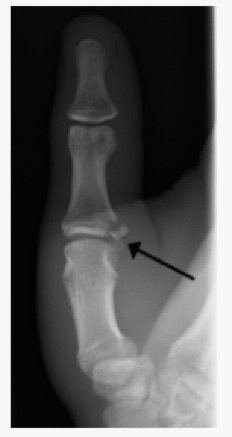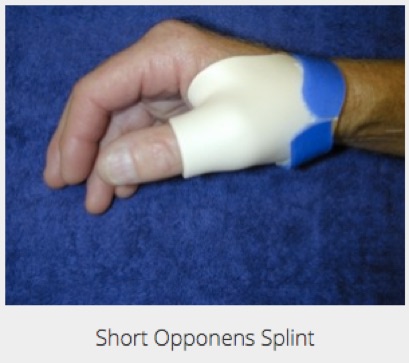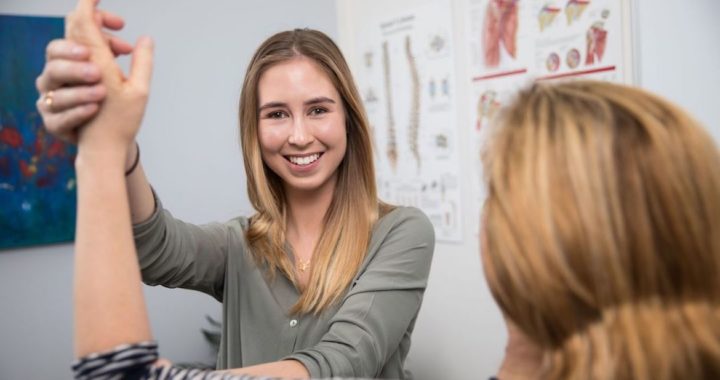What is Skier’s Thumb?
Skier’s thumb is a very common injury to the thumb. Skier’s thumb is the common term used for a tear of the ligament (ulna collateral ligament) at the metacarpophalangeal joint of the thumb.
We see this injury commonly in skiers who have fallen with a pole in their hand and in football platers when they fall on an outstretched hand and their thumb gets caught in a tackle.

How do you know if you have Skier’s Thumb?
You may be experiencing Skier’s Thumb if you are experiencing the following symptoms:
- Pain and swelling of the ulna side of the arm
- Reduced or absent pinch grip
- Bruising and swelling – likely avulsion fracture
- Pain in activities such as opening jars, turning keys or writing
- Laxity of the MCP joint (which can be assessed by a health professional)
What are the possible complications of Skier’s Thumb?
With skier’s thumb, the most common complication is Avulsion fractures. Avulsion fractures can occur  alongside the tear and involves the ligament tearing away a small piece of bone as it pulls away.
alongside the tear and involves the ligament tearing away a small piece of bone as it pulls away.
If there is any cause for suspicion of an avulsion fracture, a health professional should assess this and confirm with an X-Ray.
Though not as common as Avulsion Fractures, Stener Lesions are another possible complication which occurs when the ligament is completely ruptured and the end of the ligament gets stuck in another structure (adductor aponeurosis). Stener lesions need to be treated via surgical management.
What to seek professional health for your Skier’s Thumb
If you have significant thumb pain you should be assessed and managed by a health professional, such as a physiotherapist, osteopath or chiropractor. Most people will require a small hand splint to provide support to the thumb and allow it to rest, however, in seeking professional help, they can:
- Advise you on the best care of your thumb and address any swelling early
- Provide the appropriate rehabilitation and strengthening exercises once the ligament (and possible fracture) is able to do so
- Manage the movement of the surrounding joints and muscles throughout the healing process to prevent stiffening of the joints


